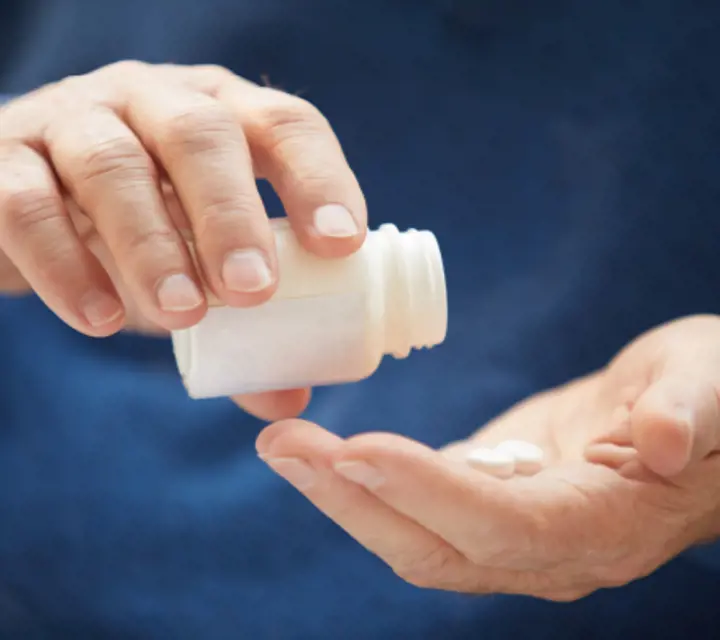Introduction
Persons with severe immunocompromise due organ transplant, cancer, HIV or use of certain medications experience diminished SARS-CoV-2 vaccine immune response and remain at higher risk for severe COVID-19 outcomes (CDC, May 2023). Pre-exposure prophylaxis using monoclonal antibodies is one complementary preventative therapy to reduce severity of breakthrough COVID-19 in these groups; across many studies, mAb PrEP is associated with a 60% to 80% reduction in severe COVID-19 outcomes (Herman, July 2022; Levin, April 2022). SARS-CoV-2 evolution, however, leads to viral mutations that can evade mAbs due to the selective nature of their binding sites. Several mAbs that received FDA emergency use authorization for prevention of COVID-19 have since had this authorization revoked once circulating variants demonstrated immune evasion (FDA, January 2022; FDA, January 2023).
What is pemivibart (Pemgarda)?
In March 2024, a new mAb, pemivibart (Pemgarda), received EUA for PrEP in moderate-to-severely immunocompromised persons ≥12 years, weighing ≥40 kg. This drug is derived from the parent mAb adintrevimab and is authorized as a 4,500 mg intravenous infusion every 3 months. There are no published effectiveness data to date; rather, pemivibart’s approval was based on an “immunobridging” approach, similar to that used for vaccines. This demonstrated that pemivibart was able to neutralize the JN.1 variant to a similar degree as other mAbs (with effectiveness data) were able to neutralize prior variants (Ison, May 2023). As with all mAbs, there is a caution that this drug may not retain activity against emerging variants, evidenced by reduced in vitro ability of pemivibart to neutralize the BA.1 and BA.2.75 Omicron variants, as well as those that acquire spike mutations near position 500 (e.g., T500N, or a combination of Q489R, N501Y and Y505H).
What are the risks with pemivibart (Pemgarda)?
The most notable safety signal for pemivibart is the risk of allergic reaction. Within the subset of 306 immunocompromised persons, 27 (9%) had infusion reactions or hypersensitivity reactions: 17 were mild, eight were moderate and two were life-threatening (i.e., anaphylaxis). Five of these participants had a reaction to both the first and second dose (FDA, March 2024). Thus, the major related recommendation for use of pemivibart is the need to monitor patients for at least 2 hours after the completion of the 1-hour infusion, which may have significant logistical implications.
Summary
Taken together, pemivibart PrEP is a new option for immunocompromised persons that shows activity against contemporary SARS-CoV-2 variants and may reduce the risk of breakthrough COVID-19 for these populations. Real-world safety, implementation and effectiveness data amid a changing variant climate will be important to determine its impact and clinical niche.

